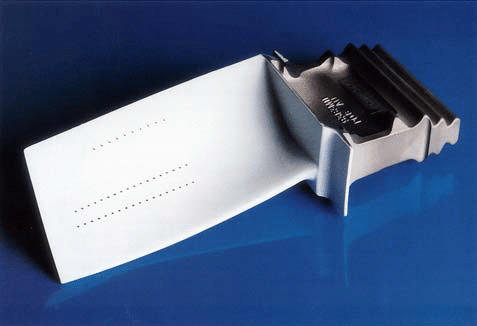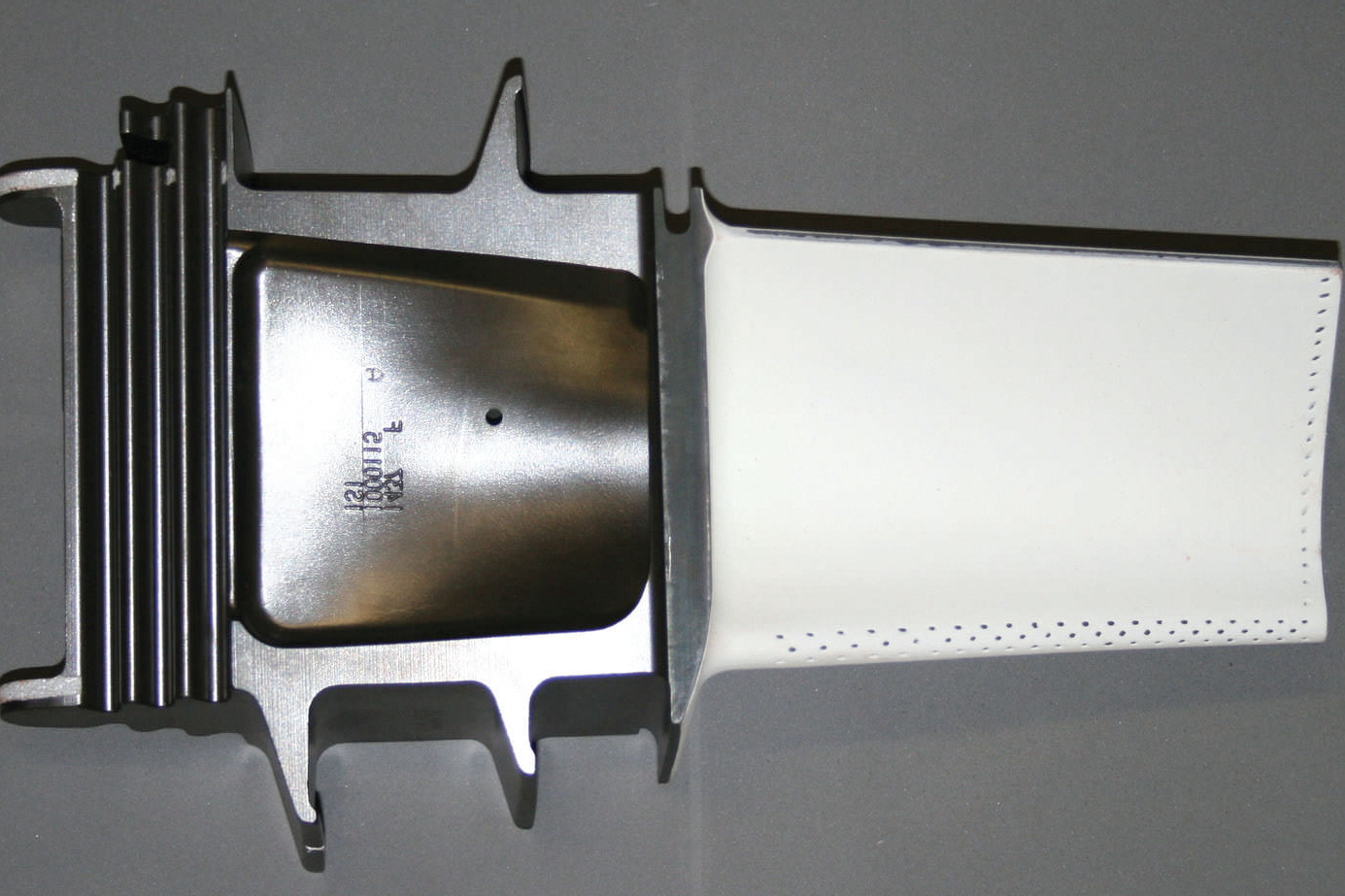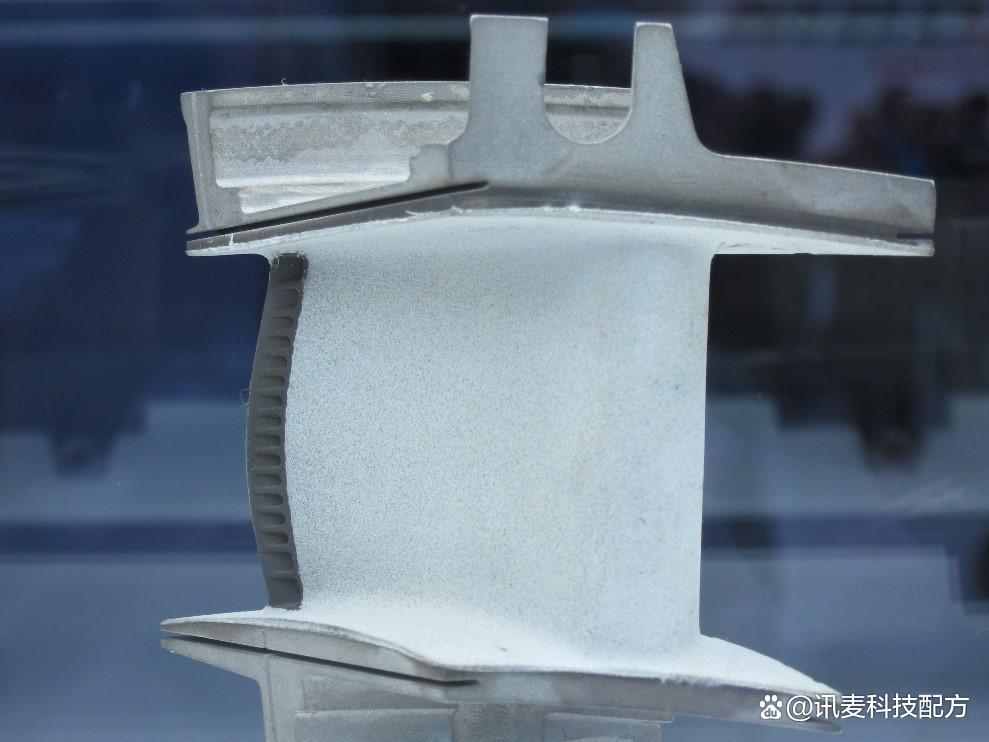Does TBC require frequent reapplication/ maintenance?
Does TBC Require Frequent Reapplication or Maintenance?
Maintenance Frequency Depends on Application Severity
Thermal Barrier Coatings (TBCs) are engineered for durability under extreme thermal and corrosive environments, but their maintenance requirements depend on operating temperature, thermal cycling rate, and exposure to contaminants. In stable high-temperature conditions below 1100°C, TBCs applied to parts such as Inconel 625 turbine vanes or Ti-6Al-4V exhaust nozzles can last several thousand hours or multiple years without intervention.
In contrast, high-cycle or aggressive environments such as aerospace turbines or automotive turbochargers may necessitate periodic inspection and reapplication every 3,000–5,000 cycles due to erosion, spallation, or thermal fatigue.
Key Degradation Factors
Thermal Cycling: Frequent start-stop operations or rapid ramp-ups in temperature cause TBC delamination over time.
Environmental Contaminants: Calcium-magnesium-alumino-silicate (CMAS) deposits and molten salts degrade the coating's surface in gas turbines.
Mechanical Erosion: In high-velocity flow zones, physical abrasion shortens coating lifespan, especially in turbine blades and combustor linings.
Inspection and Repair Practices
TBCs are typically inspected during routine overhauls using non-destructive evaluation (NDE) methods such as visual inspection, ultrasonic testing, or eddy current scans. If the coating thickness is reduced beyond acceptable limits or cracking is detected, reapplication is done via [air plasma spray (APS)] or [electron beam physical vapor deposition (EB-PVD)].
For parts with high complexity—such as those produced through Powder Bed Fusion or Ceramic 3D Printing—predictive maintenance schedules help prevent premature failure.
Recommended Services to Maximize TBC Lifecycle
Neway provides advanced solutions to minimize coating maintenance and extend functional lifespan:
High-Performance 3D Printing:
Superalloy 3D Printing: For parts requiring long-term TBC durability.
Titanium 3D Printing: For components in cyclic thermal load zones.
Ceramic 3D Printing: For parts that reduce or eliminate the need for external coatings.
Coating and Structural Reinforcement:
Thermal Barrier Coatings (TBC): Applied with controlled thickness for optimized lifecycle.
Heat Treatment: Improves substrate stability for coating adhesion.
Hot Isostatic Pressing (HIP): Enhances part integrity prior to TBC application.



